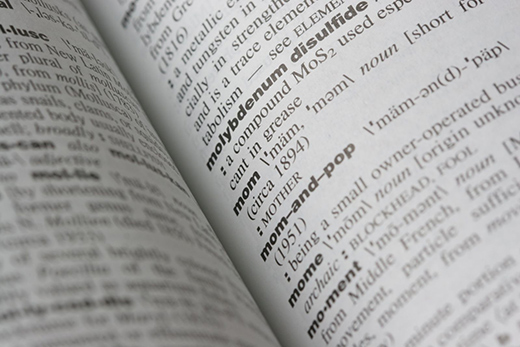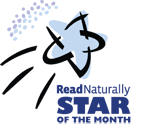Most fluent readers don’t question the seemingly unnecessary b in doubt. They know it’s there, and they know how to read and spell the word. But in the interest of expanding students’ vocabularies and developing their spelling skills, it can be beneficial to teach that the b actually does serve a purpose.
In the case of doubt, the b relates to the word’s origin—doubt comes from the Latin word dubit are. The b marks doubt’s connection to its origin, as well as to related words with the same origin. Thus, a student learning the more sophisticated word dubious will benefit from knowing this word’s connection to doubt—a connection marked by that meaningful letter b.
are. The b marks doubt’s connection to its origin, as well as to related words with the same origin. Thus, a student learning the more sophisticated word dubious will benefit from knowing this word’s connection to doubt—a connection marked by that meaningful letter b.
Etymology, or the study of word origins, can also be useful when teaching high-frequency sight words. This edutopia article, Making Sense of Words That Don’t, explains how etymology can help students learn to read and spell irregular words like people, two, and sign. The article also emphasizes etymology’s role in learning vocabulary. It ends with an engaging TEDEd video about the word one and its relationship to words like atone and onion. Won’t your students be more likely to remember the meaning of atone if they recognize that it literally means to be at one?
Sight words, vocabulary, and spelling each play an important role in literacy. Read Naturally offers high-quality products like GATE, Take Aim at Vocabulary, and Signs for Sounds to address these skills. As your students gain proficiency in these areas, help them see that, when it comes to words, the learning is endlessly rich and exciting. And thanks to the Internet, the study of words is now more accessible than ever. Have your students type any word into the Online Etymology Dictionary to learn amazing things about its history. Chances are, you’ll learn some things too!
What role does etymology play in your classroom? How might it help your struggling readers extend their learning? We’d love to hear your ideas.
 Share your student’s success story—nominate him or her for our Star of the Month award. Win a Barnes & Noble gift card for the student and a Read Naturally gift certificate for your class!
Share your student’s success story—nominate him or her for our Star of the Month award. Win a Barnes & Noble gift card for the student and a Read Naturally gift certificate for your class!
Post a New Comment